According to research by business professors Page Moreau and Marit Gundersen Engset, “free-building” from a pile of mismatched LEGO enhances creativity. We won’t be surprised to know that’s what the creators of these extraordinary designs built using your favourite toy bricks owe their out-of-the-box thinking to.
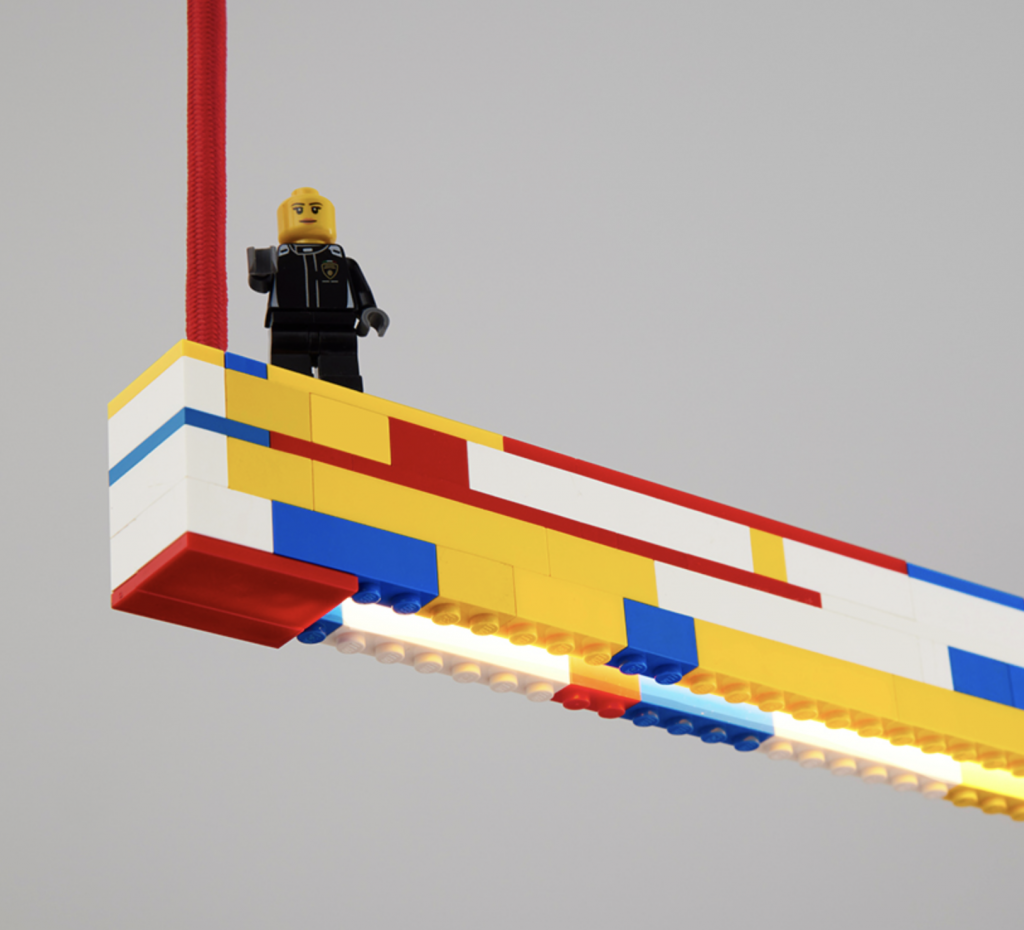
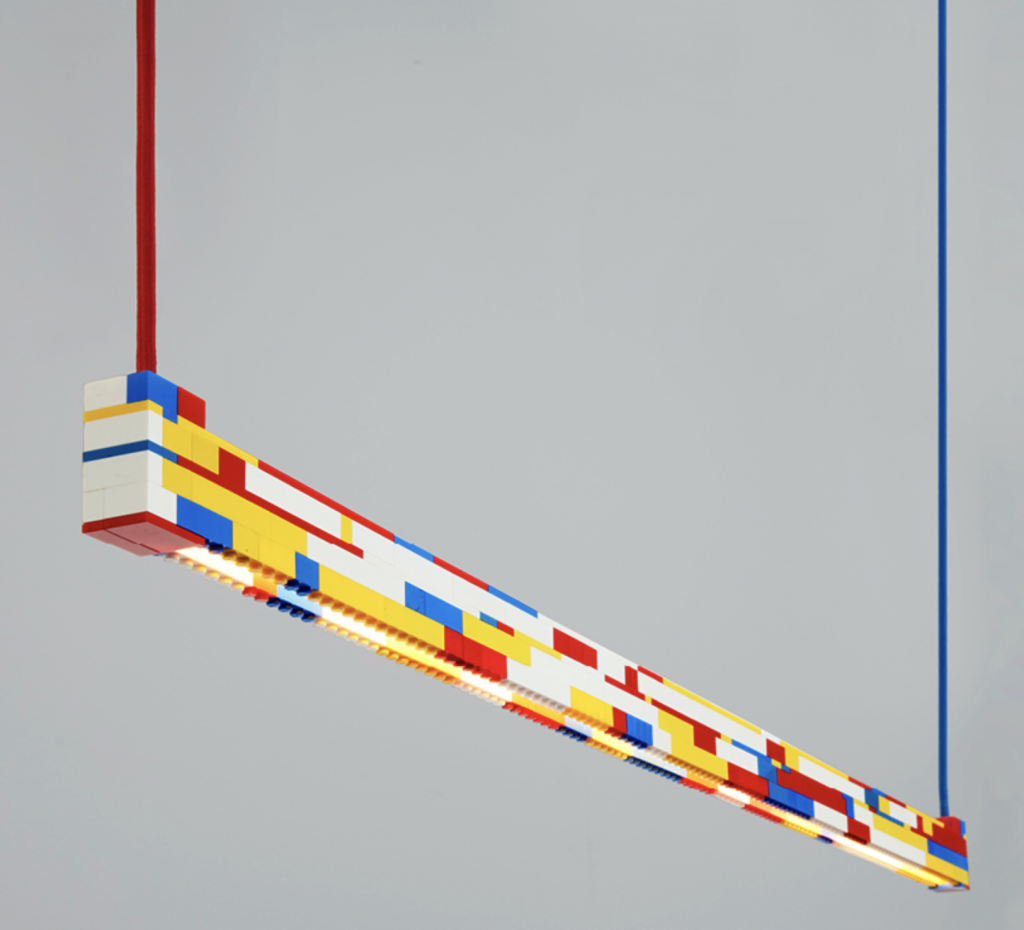
Linear LEGO Luminaire by ambience (also header image)
Melbourne-based lighting design studio ambience has used repurposed LEGO bricks and plates to create a playful, yet minimalist fixture, which emanates light through an opal diffused linear LED extrusion – as the ultimate playful kaleidoscope of color.

Linear LEGO Luminaire by ambience
The light aptly named Linear LEGO Luminaire comes equipped with a two-toned color matched flex cord, allowing the fixture to either be hung from the ceiling as a pendant or placed against a wall as a decorative sculptural piece.
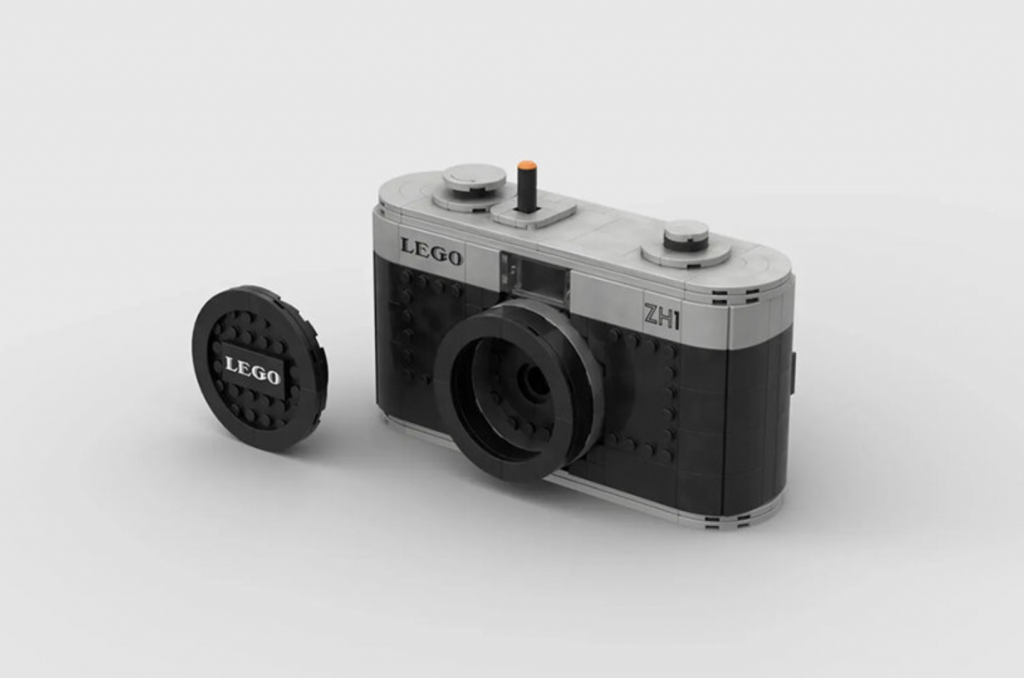
LEGO ZH1 by Zung Hoang
Vancouver-based artist Zung Hoang has unveiled a fully functional 35mm vintage film camera that can be assembled using 582 LEGO pieces. Named ZH1, the affordable and portable camera includes a working shutter button, a film advance and take-up reel, a winder lever with wind release, and a customizable lens. It can also shoot in full-frame or half-frame.

LEGO ZH1 by Zung Hoang
The biggest challenge for the designer was to make the body lightproof to avoid light leaking out of them while capturing a shot, while keeping the design portable.

3D bioprinter by Cardiff University
LEGO bricks can even be used to build a 3D bioprinter. Stacking up bricks, scientists from Cardiff University have constructed the machinery that can print out human skin for scientific studies and research. Imagined, designed, and built by Dr. Christopher Thomas, Dr. Oliver Castell, and Dr. Sion Coulman from Cardiff’s School of Pharmacy and Pharmaceutical Sciences, the 3D LEGO bioprinter can produce tissue models and print biological materials such as skin cells.
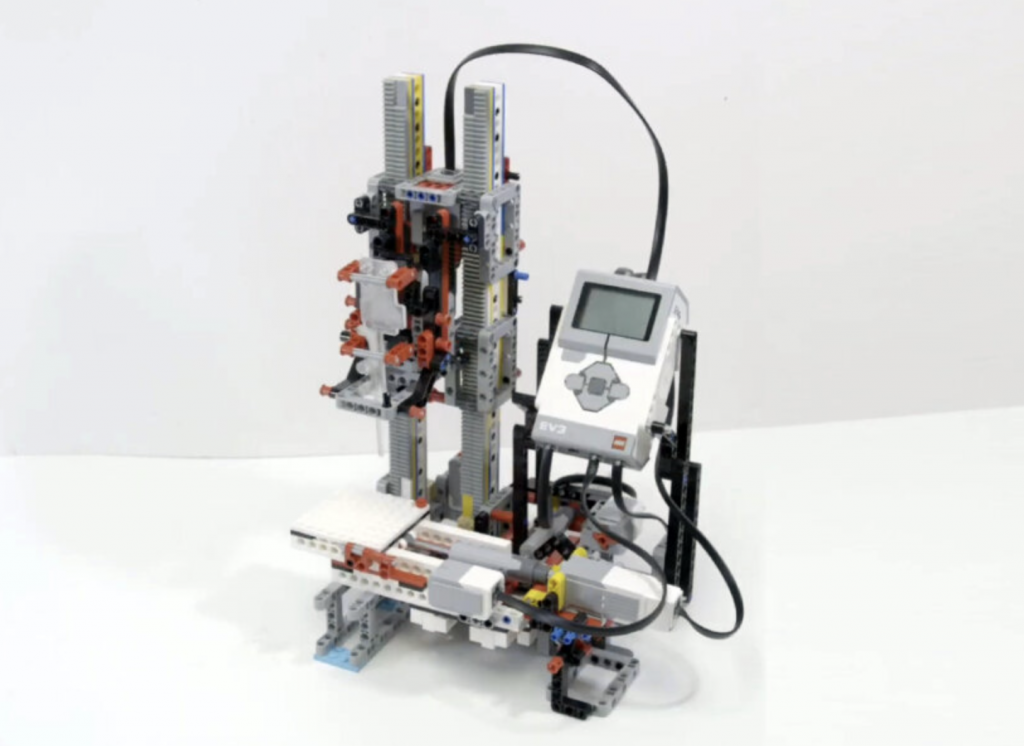
3D bioprinter by Cardiff University
The use ofLEGO pieces as the main building material makes the mechanism really scalable and low-cost. The resulting bioprinter can be easily replicated in any lab, anywhere in the world, with minimal funds.
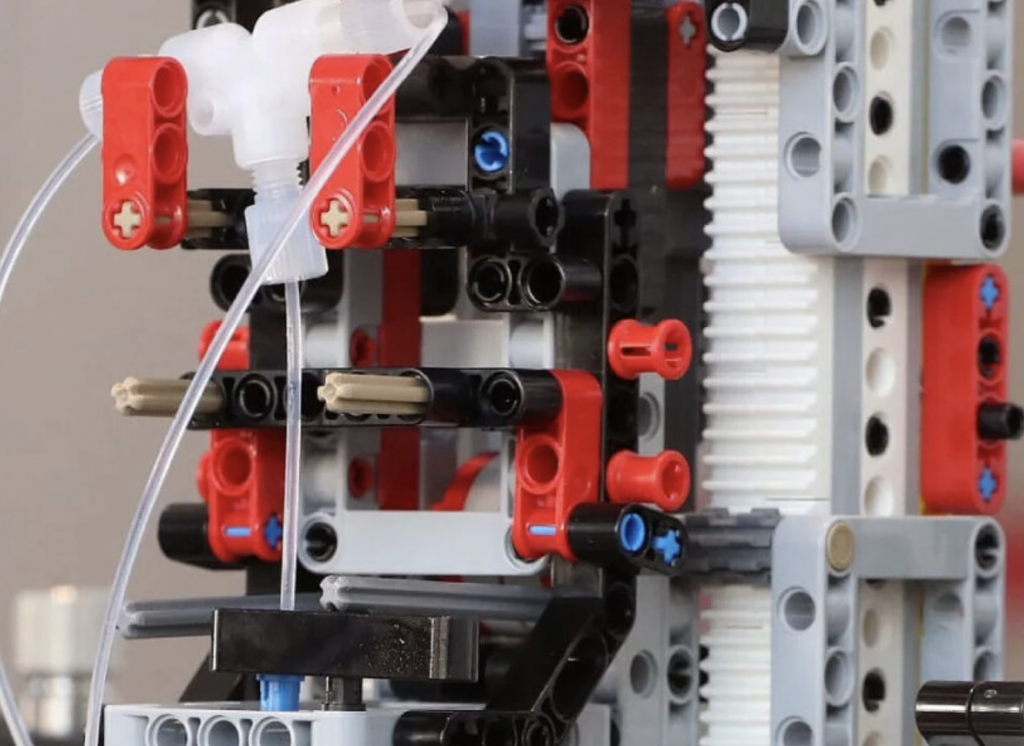
3D bioprinter by Cardiff University
Despite being constructed from an inexpensive and simple construction tool, this bioprinter is highly engineered and achieves the required level of precision to produce delicate biological material without any compromise in its performance.

3D bioprinter by Cardiff University
The scientists are currently in the process of recreating the three-dimensional architecture of the skin. The Cardiff team is already looking into creating viable skin models through the bioprinter which can be used to test treatments for skin disease and skin cancer, or to create skin grafts to replace damaged skin.

LEGO Socks by Matty Benedetto
No matter howmany exciting pieces can be built using LEGO bricks, little pieces scattered around the room could be really irritating – and painful. This problem is taken care of by Matty Benedetto, the creator of the parody product series Unnecessary Inventions.
Some years ago he came up with the idea of LEGO socks, incorporating a flexible sole with a geometric hole pattern to simply pick up each brick as you walk over.
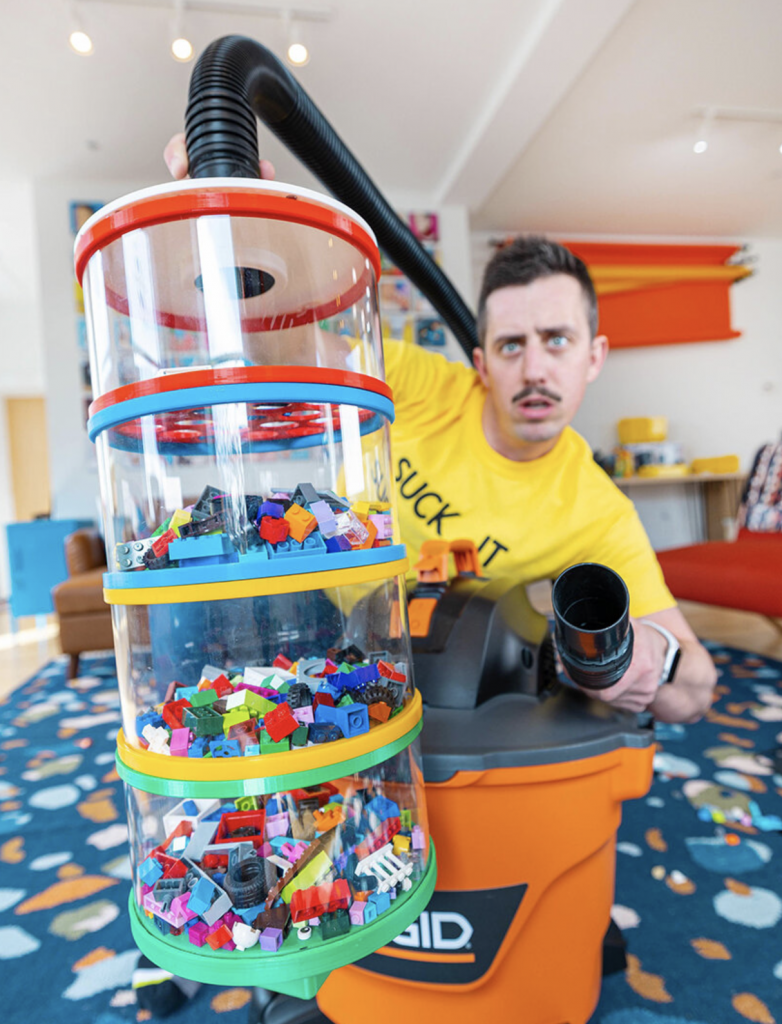
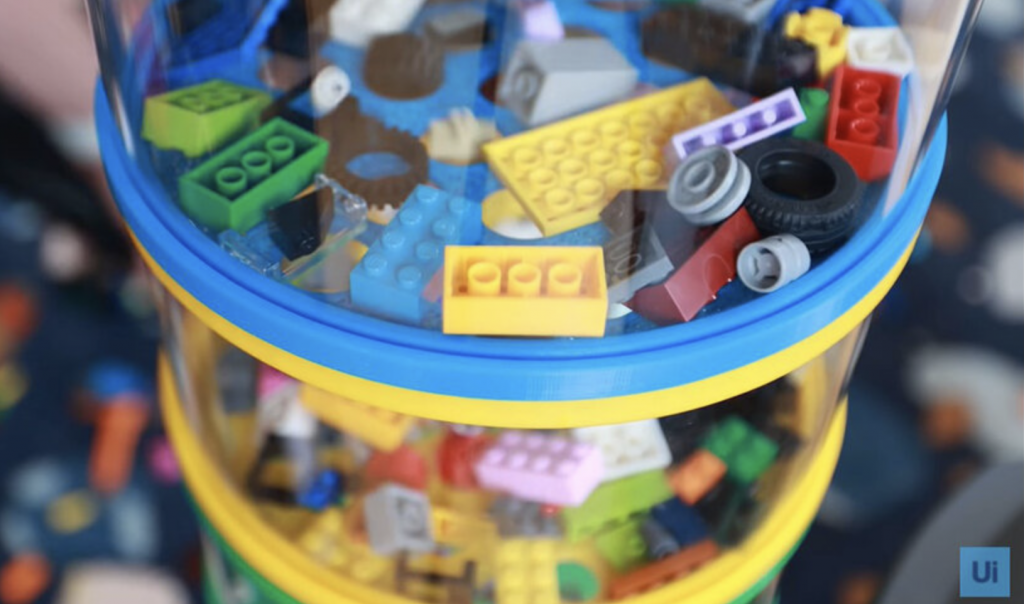
LEGO suck it!™ by Matty Benedetto
Today, he returns with the LEGO suck it!™, the world’s first vacuum powered LEGO cleanup device that automatically sorts each brick by its individual size. This vibrant cleaning accessory features a multi-stage chamber that magnetically separates for quick organization of the toy bricks. The high suction vacuum will ensure every brick is sucked up from the floors and swiftly deposited into the clear tube as each LEGO piece cascade down and get sorted into their different sizes.